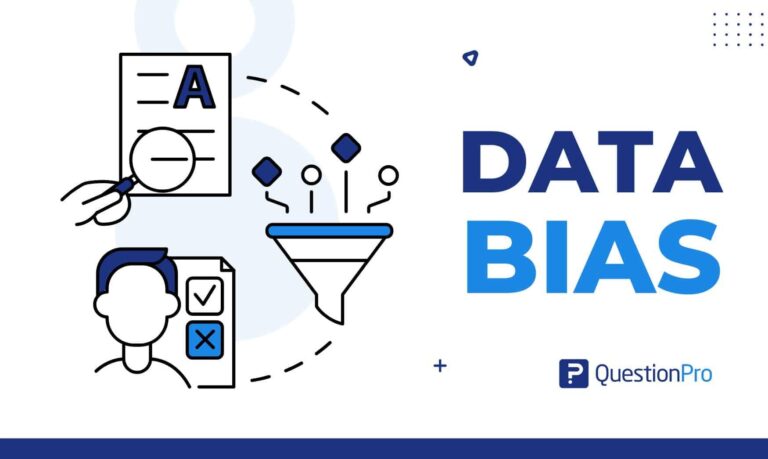Tackling Data Bias in Poverty Metrics: From MDGs to SDGs
Understanding the Transition from MDGs to SDGs
The Millennium Development Goals (MDGs) laid the groundwork for global poverty alleviation strategies. This framework highlighted the urgent need to address extreme poverty, but it also had significant limitations in its approach to data collection. As we transitioned to the Sustainable Development Goals (SDGs), it became apparent that a more nuanced understanding of poverty was required.
The Importance of Accurate Data in Poverty Metrics
Data accuracy is crucial for effective policy-making aimed at poverty eradication. Inaccurate or biased data can lead to misguided policies that fail to reach the most vulnerable populations. The importance of reliable poverty metrics cannot be overstated; they serve as the foundation upon which governments and organizations build their interventions.
Identifying Bias in Existing Metrics
Many current poverty metrics suffer from inherent biases that can skew results. These biases may stem from socioeconomic factors, geographic disparities, and insufficient demographic data. Recognizing these biases is the first step in addressing them, ensuring that poverty measurements reflect the reality of those in need.
Innovative Approaches to Enhance Data Quality
Organizations are now utilizing technology and innovative methodologies to improve data collection. Methods such as mobile surveys and big data analytics are proving effective in capturing more accurate poverty metrics. This technological advancement helps bridge the gap between traditional data collection methods and the complexities of modern poverty.
Case Studies: Successful Applications of Improved Metrics
Numerous case studies demonstrate the positive impact of enhanced poverty metrics. For instance, countries that have adopted disaggregated data approaches have seen better-targeted aid and resource allocation. These successful applications illustrate the potential benefits of refining data collection processes in humanitarian efforts.
Conclusion: The Path Forward
As we move forward in the fight against poverty, addressing data bias remains a top priority. Only by ensuring that poverty metrics are accurate and inclusive can we hope to achieve the SDGs by 2030. A collective commitment to refining our data practices will ultimately facilitate more effective solutions to combat global poverty. For more information on redefining poverty metrics, you can visit this resource.

